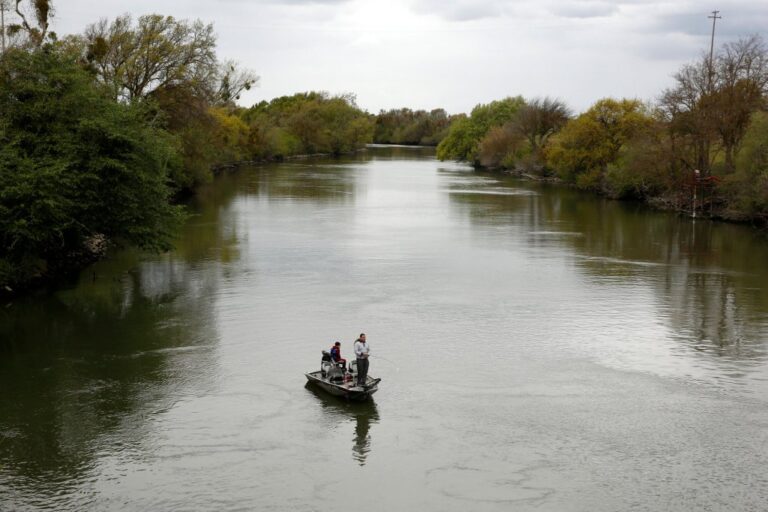Critical Discussions on the San Francisco Bay-Delta: A Look at Trump and Newsom’s Talks
In an era marked by environmental concerns, the recent discussions between President Donald Trump and California Governor Gavin Newsom regarding the San Francisco Bay-Delta ecosystem have raised alarm bells among stakeholders. Meeting on February 5 at the White House, both leaders discussed water management and disaster relief, but specific details of their conversations remain undisclosed.
Concerns About Bay-Delta Protections
The public, especially those reliant on the Bay-Delta’s health, deserves transparency about the outcomes of these high-level talks. Recent indications suggest a possible alignment between Trump’s and Newsom’s positions on diminishing environmental safeguards in the Bay-Delta region. Specifically, Newsom has proposed the construction of a substantial water tunnel intended to enhance water flow from the Sacramento River. Meanwhile, Trump advocates for the removal of environmental constraints that currently regulate water diversions.
This combination of a massive infrastructure project and weakened protections could culminate in severe socio-economic and ecological repercussions for the region.
Federal Aid and Water Management Policies
Since taking office, Trump has threatened to withhold federal disaster aid for regions affected by fires in Southern California unless certain environmental regulations governing the Bay-Delta ecosystem are waived. He argues this would facilitate an increase in water distribution for emergency responses; however, reports indicate that the environmental protections in question are unrelated to the fire management efforts in Southern California.
Moreover, it is crucial to note that the federal Central Valley Project does not supply water to Southern California, and during the recent fire incidents, major reservoirs were adequately stocked, indicating that water accessibility was not in question.
Executive Orders and State Responses
Trump’s agenda aligns troublingly with California’s internal policies, particularly under Governor Newsom. On January 31, 2025, Newsom issued an executive order requesting state agencies to evaluate which Bay-Delta environmental safeguards could be suspended. This approach marks a significant shift from previous California legal strategies that sought to protect the Bay-Delta during Trump’s first term. The earlier resistance from state officials has appeared to falter under Newsom’s administration.
The Ecological Stakes
The Bay-Delta represents the largest estuary on the U.S. West Coast, and it faces increasing threats from over-extraction of water, leading to harmful ecological outcomes such as algae blooms that pose health risks to residents and pets. The region is also recognized as a critical area for many fish species, including vulnerable salmon and sturgeon populations, which are teetering on the brink of extinction.
Recent years have seen catastrophic declines in these fish populations, prompting a salmon fishing ban in California that has persisted for two years and could affect approximately 20,000 jobs in related communities if extended into the future.
Call for Transparency and Public Engagement
With the future of the San Francisco Bay-Delta at a critical juncture, it is essential that discussions surrounding its management remain exposed to public scrutiny. Transparency is a fundamental pillar of democracy, especially during legislative processes that could profoundly influence environmental and community health.
Stakeholders—including salmon fishermen, environmental groups, and local communities—deserve insights into these significant negotiations. As critical discussions unfold behind closed doors, the potential consequences for the Delta’s ecology and the livelihoods dependent on it hang in the balance.
Conclusion
The future of the Bay-Delta ecosystem is at a pivotal moment, requiring thorough examination and public discourse. As discussions between President Trump and Governor Newsom evolve, it is imperative to prioritize stakeholder engagement and preserve the ecological integrity of this vital area.
Scott Artis, Executive Director of the Golden State Salmon Association, and Barbara Barrigan-Parrilla, Executive Director of Restore the Delta, stress the urgency of these developments for all Californians and particularly for those dependent on the river’s resources.



